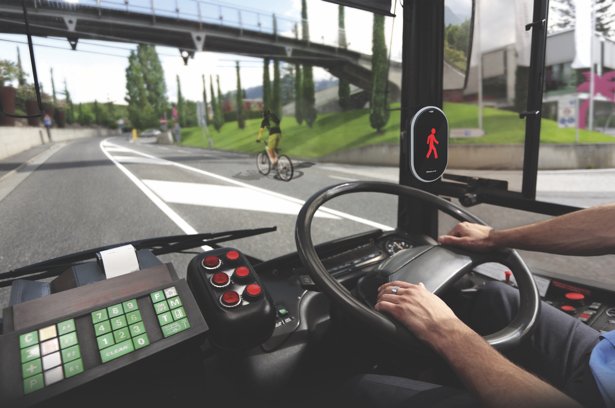
Blind Spot Detection

Why We Need It
According to Transport for London (TfL), although Heavy Goods Vehicles (HGV) account for only 4% of the miles traveled within London, they are responsible for 50% of cyclist fatalities and 23% of pedestrian fatalities. TfL also notes that the large blind spots associated with these vehicles are a major contributory factor in collisions.

Why We Need It
According to Transport for London (TfL), although Heavy Goods Vehicles (HGV) account for only 4% of the miles traveled within London, they are responsible for 50% of cyclist fatalities and 23% of pedestrian fatalities. TfL also notes that the large blind spots associated with these vehicles are a major contributory factor in collisions.
How Blind Spot
Detection Works
Mobileye Shield+ has cameras placed around the vehicle continuously monitoring the driving environment in order to detect pedestrians and cyclists hidden in the vehicle’s blind spots, and upon detection alerts the driver to take action.
How Blind Spot
Detection Works
Mobileye Shield+ has cameras placed around the vehicle continuously monitoring the driving environment in order to detect pedestrians and cyclists hidden in the vehicle’s blind spots, and upon detection alerts the driver to take action.

A yellow visual signal warns the driver that a pedestrian, cyclist or motorcyclist has been detected in the vehicle’s blind spot and to act with caution.

